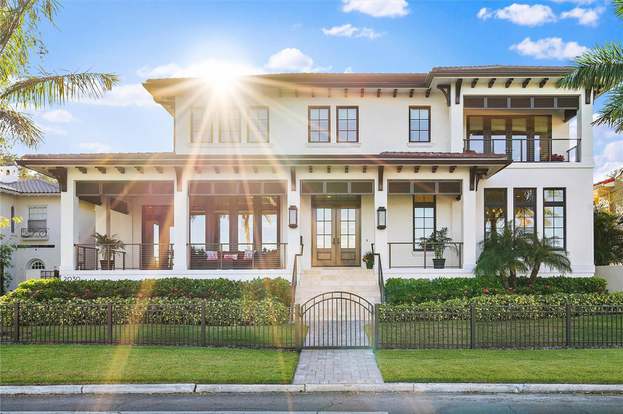
In the world of real estate, architectural design plays a significant role in shaping property values, buyer perceptions, and market demand. As architectural trends evolve to reflect changing lifestyles, preferences, and technological advancements, real estate professionals must stay attuned to emerging design trends that influence property values and marketability. From timeless classics to innovative contemporary styles, architectural design can have a profound impact on the desirability and appeal of a property. Let’s explore some of the architectural trends that are influencing real estate values:
- Modern Minimalism: Minimalist architecture emphasizes clean lines, open spaces, and simplicity of form, creating a sense of calm and serenity. Minimalist homes often feature sleek, uncluttered interiors, neutral color palettes, and minimalist furnishings that prioritize function and aesthetic harmony. With their emphasis on simplicity and functionality, modern minimalist homes appeal to buyers seeking a contemporary lifestyle and timeless elegance.
- Sustainable Design: Sustainable architecture integrates environmentally friendly principles and practices into building design and construction, aiming to minimize environmental impact and maximize energy efficiency. Green building features, such as solar panels, passive solar design, energy-efficient appliances, and sustainable materials, are increasingly sought after by environmentally conscious buyers. Properties with sustainable design elements not only reduce utility costs and carbon footprint but also appeal to buyers’ desire for eco-friendly living.
- Transitional Style: Transitional architecture blends traditional and contemporary elements to create a harmonious balance between classic elegance and modern sophistication. Transitional homes often feature a mix of architectural styles, materials, and finishes, resulting in a timeless aesthetic that appeals to a wide range of buyers. With their flexible design aesthetic and emphasis on comfort and functionality, transitional homes offer versatility and enduring appeal in the real estate market.
- Open Concept Living: Open concept living has become a popular architectural trend, particularly in residential properties, as it promotes connectivity, flow, and flexibility in living spaces. Open concept floor plans eliminate barriers between living areas, such as walls and partitions, creating a seamless transition between indoor and outdoor spaces. By maximizing natural light, views, and social interaction, open concept living enhances the overall livability and marketability of a property.
- Smart Home Technology: Smart home technology integrates cutting-edge digital innovations into building design, enhancing comfort, convenience, and connectivity for homeowners. From automated lighting and climate control systems to smart appliances and security features, smart home technology offers homeowners greater control and customization of their living environments. Properties equipped with smart home technology command higher prices and appeal to tech-savvy buyers seeking modern amenities and lifestyle enhancements.
- Mixed-Use Developments: Mixed-use developments combine residential, commercial, and retail spaces in integrated urban environments, blurring the lines between work, leisure, and living. Architectural design in mixed-use developments focuses on creating vibrant, pedestrian-friendly neighborhoods with diverse amenities and services. These developments often feature innovative design elements, such as green roofs, public plazas, and mixed-income housing, that enhance the overall quality of life and create desirable urban communities.
- Biophilic Design: Biophilic design integrates elements of nature into the built environment, fostering a deeper connection to the natural world and promoting health and well-being. Properties designed with biophilic principles incorporate natural light, ventilation, views of nature, and natural materials to create spaces that evoke a sense of tranquility and rejuvenation. Biophilic design has been shown to reduce stress, improve cognitive function, and enhance overall satisfaction with the built environment.
In conclusion, architectural design plays a crucial role in shaping real estate values and market demand. By staying informed about emerging architectural trends and incorporating design elements that resonate with buyers’ preferences and lifestyles, real estate professionals can enhance the appeal and marketability of properties, ultimately maximizing their value and sales potential. Whether it’s modern minimalism, sustainable design, open concept living, or smart home technology, design matters in real estate, influencing buyer perceptions and driving property values in dynamic and ever-evolving ways.